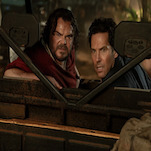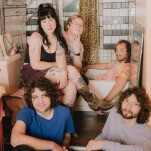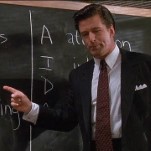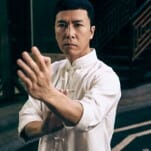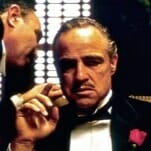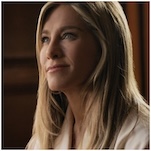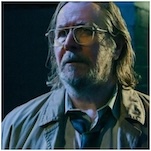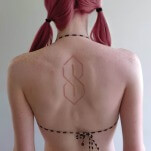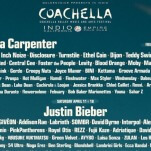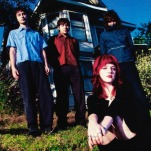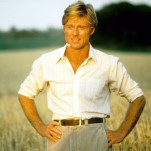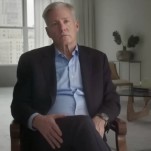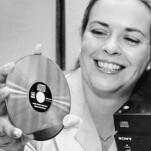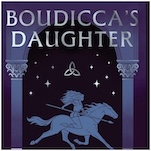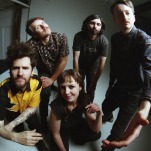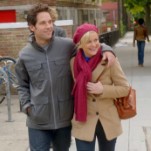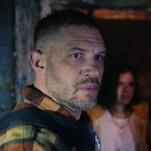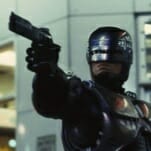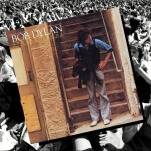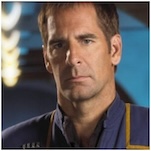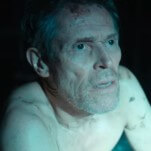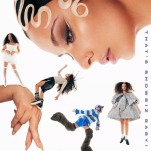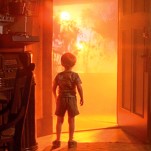Davidsson and the Spectrum of Sorrow
Nashville-based artist Davidsson returned to his home country of Iceland during COVID, recording his debut album Lifelines at Sundlaugin Studio—Sigur Ros’ recording space and a former swimming pool.
Photo by Stroud Rohde Pierce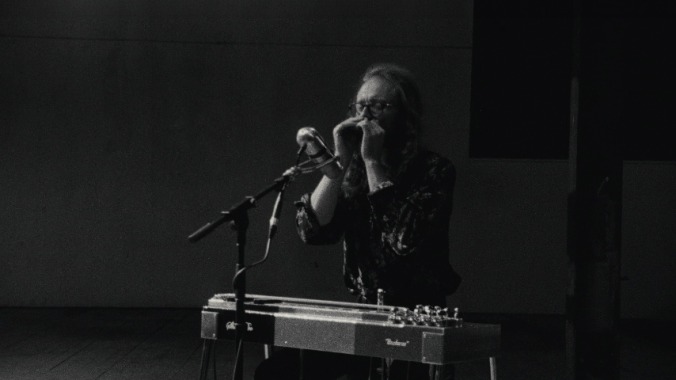
A little over four miles off the southern coast of Iceland lies Heimaey, an island with a population of around 4,400 souls, seven peaks and still-warm lava from a 1973 volcanic eruption that demolished about 400 homes. Between the dramatic displacement caused by the eruption and the perils of fishing (one of the island’s main industries, as well as one of the world’s most dangerous professions), people on Heimaey are perhaps more aware of their mortality than the average person, Icelandic artist Thorleifur Gaukur Davidsson tells me.
“It’s almost like a mining town in West Virginia or something, where you’re closer to death, so people are a little crazier,” Davidsson explains with a gentle chuckle, and he’s speaking from experience, as someone who grew up on the island. “There’s this psychological phenomenon where if you get too used to death, you take it less seriously. You’re just more like, ‘fuck it.’ [Heimaey] has that energy a little bit, but it also has at the same time this island calmness, so it’s a very unique place.”
Appropriately for Davidsson (who goes purely by his surname for his solo work), Heimaey literally translates to “home island.” For him, visiting there is more than just a physical journey; being amidst its natural beauty transports him to another time, reminding him of his late father. Davidsson’s dad was a horse trainer who passed away suddenly in 2019, and his memory lives on in the multi-instrumentalist’s stunning 2024 debut album Lifelines.
This record may be his first solo LP, but Davidsson is prolific as a producer, composer and session musician. After attending Berklee College of Music in Boston on a full scholarship, Davidsson started touring with Grammy-nominated Icelandic blues rock group KALEO, primarily playing harmonica. Eventually, he settled down in Nashville (“I wanted to start fresh and be pushed a little,” he explains), though he still tours regularly with KALEO. He’s collaborated with the likes of fellow Icelander Laufey, cowboy artist Sterling Drake and Americana musician Sierra Ferrell, playing harmonica and steel pedal on the latter’s Grammy-nominated album Trail of Flowers.
Davidsson returned to Iceland during COVID, recording the entirely instrumental Lifelines at Sundlaugin Studio—Sigur Ros’ recording space and a former swimming pool (hence the name, which literally means “swimming pool” in Icelandic). For him, the quiet of lockdown matched how his own life had slowed down in the wake of losing his father.
“It wasn’t intentional that I was going to make this album,” Davidsson says. “It just kind of just happened. Music is such a way to express emotions and realize how you’re feeling. Sorrow is so complicated; it’s like a rainbow of many different emotions. Sometimes it’s hard to realize what you’re actually feeling, and music really helped me through that.”
He also received a helping hand from collaborators Skúli Sverrisson (electric and acoustic bass) and Davíð Þór Jónsson (piano, organ and banjo). Davidsson describes Sverrisson as “one of my childhood heroes,” and you can tell why when you look at his list of credits; Sverrisson has worked with legends like Lou Reed, Ryuichi Sakamoto, Laurie Anderson, Blonde Redhead and more, becoming something of a legend himself in the process. Jónsson, who Davidsson calls “a dear friend,” composes for TV and theater, as well as playing with numerous Icelandic artists.
The recording process was defined by “family moments,” Davidsson recalls. He was living near the studio in the same apartment complex as Jónsson, whose daughters would come to visit them during sessions. The group would bring in fried fish, eating it there and spending the whole day at Sundlaugin.
As for the music itself, Davidsson came into the studio with some loose ideas, but he wanted to keep things organic, with himself and the others improvising and reacting to each other in real time. He favored single takes, and you can hear the instruments in conversation with each other, like on the sparse, dramatic opener “light in the dark,” which features Davidsson on droopy steel pedal and Jónsson on piano. The song happens in movements, like the stark gathering of notes at the start and the emergence of a mournful central melody, the steel pedal providing a few shafts of lights in a dark room. And all throughout, there are atmospheric noises—gentle scraping, small shuffling sounds—that make you feel like a very lucky fly on the wall of the studio. Mixing from the talented Noah Georgeson (Andy Shauf, Joanna Newsom, Devendra Banhart) only amplifies the visceralness of the aural mise-en-scène.
-

-

-

-

-

-

-

-

-

-

-

-

-

-

-

-

-

-

-

-

-

-

-

-

-

-

-

-

-

-

-

-

-

-

-

-

-

-

-

-

